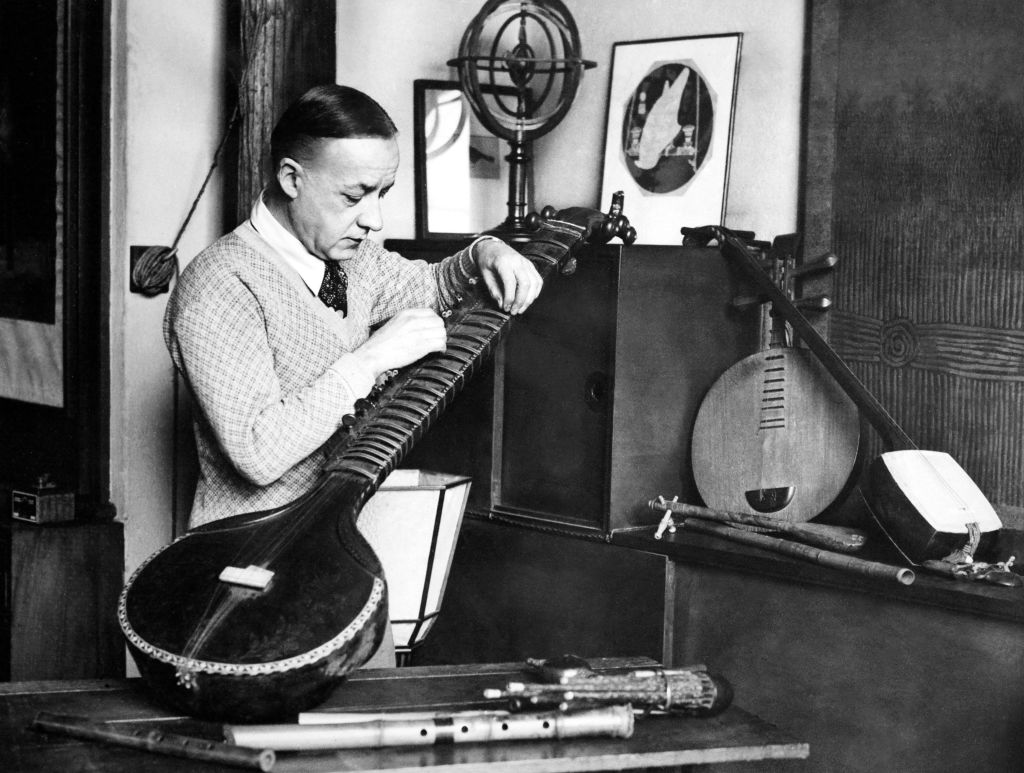How do you rally a nation behind a military campaign? As history has shown, wartime propaganda can take many forms and encompass numerous types of media. Some of these, like posters and films, have a long tradition of wartime activity. But there are some that are less widely-used which have nonetheless made an impact on different nations’ military mobilization — including, of all things, fairy tales.
A 2010 overview of fantasy artists dubbed Edmund Dulac, born in 1882, as “[o]ne of the great figures from the Golden Age of Illustration.” It also noted the breadth of his work, observing that he “was determined to not to leave a single fairytale unpainted.”
What happens when an illustrator of the mythic and the fantastical turned his skills towards supporting the Allied cause in the First World War? That’s the subject of a new article in JSTOR Daily, which points out that the French-born Dulac became a British citizen in 1912 and soon after began working on books that would benefit both the war effort and the work of the Red Cross.
As the article details, Dulac went even further than that, using his abilities as a storyteller to attempt to convince the United States to enter the conflict. The article describes his 1916 work Edmund Dulac’s Fairy-Book as “a subtle but persuasive example of wartime propaganda.”
In the collection, Dulac selected traditional stories from Britain’s allies in the conflict for inclusion. And it includes one story, “The Seven Conquerors of the Queen of the Mississippi,” that feels especially relevant to the efforts to bring the U.S. into the conflict — an effort that ultimately proved successful.
Thanks for reading InsideHook. Sign up for our daily newsletter and be in the know.


















